cosmoepic
TPF Noob!
- Joined
- Dec 30, 2008
- Messages
- 218
- Reaction score
- 0
- Location
- manassas, va
- Can others edit my Photos
- Photos OK to edit
lookin around on the internet i came across something that said if you take a night shot and it comes out kinda pixely/noisy you can take the same shot with the lens cap on, paste that image over the night shot in photoshop, then change the layer to difference and it will help clean up the image
has anyone ever heard of this? i have yet to really try but thought it was kinda odd
has anyone ever heard of this? i have yet to really try but thought it was kinda odd


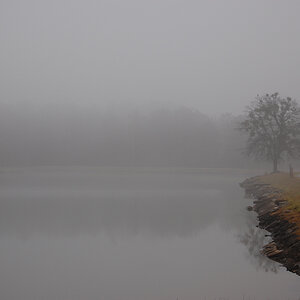
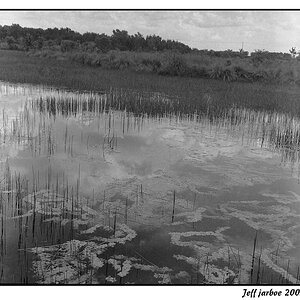
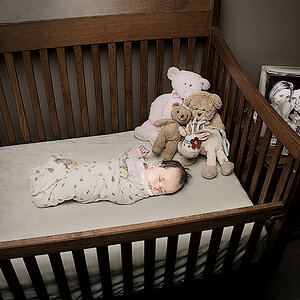
![[No title]](/data/xfmg/thumbnail/31/31744-f06a1a9bb9c74e3b8b332878f5fe71f1.jpg?1619734986)
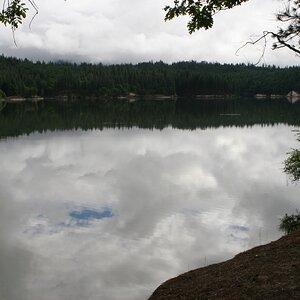
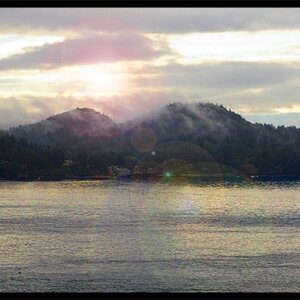
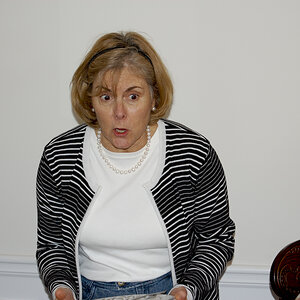

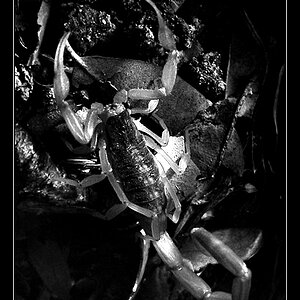
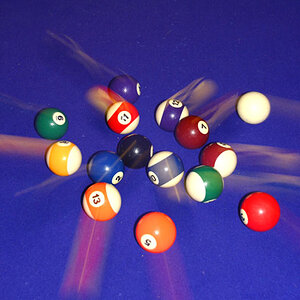
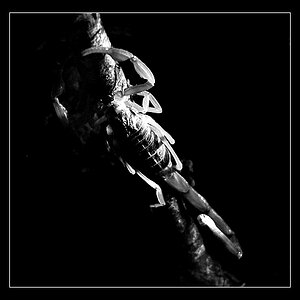
![[No title]](/data/xfmg/thumbnail/31/31749-6cf0f99d6bdedf47f7387c5b943fb717.jpg?1619734989)